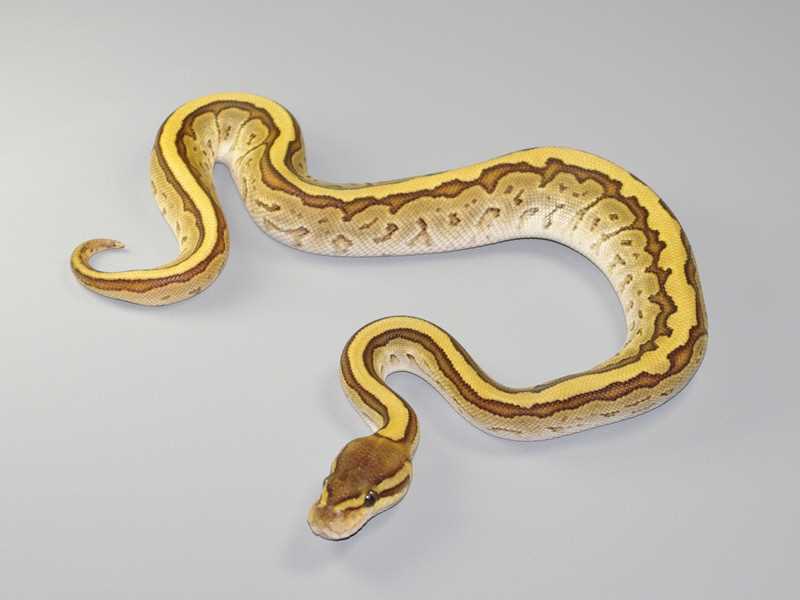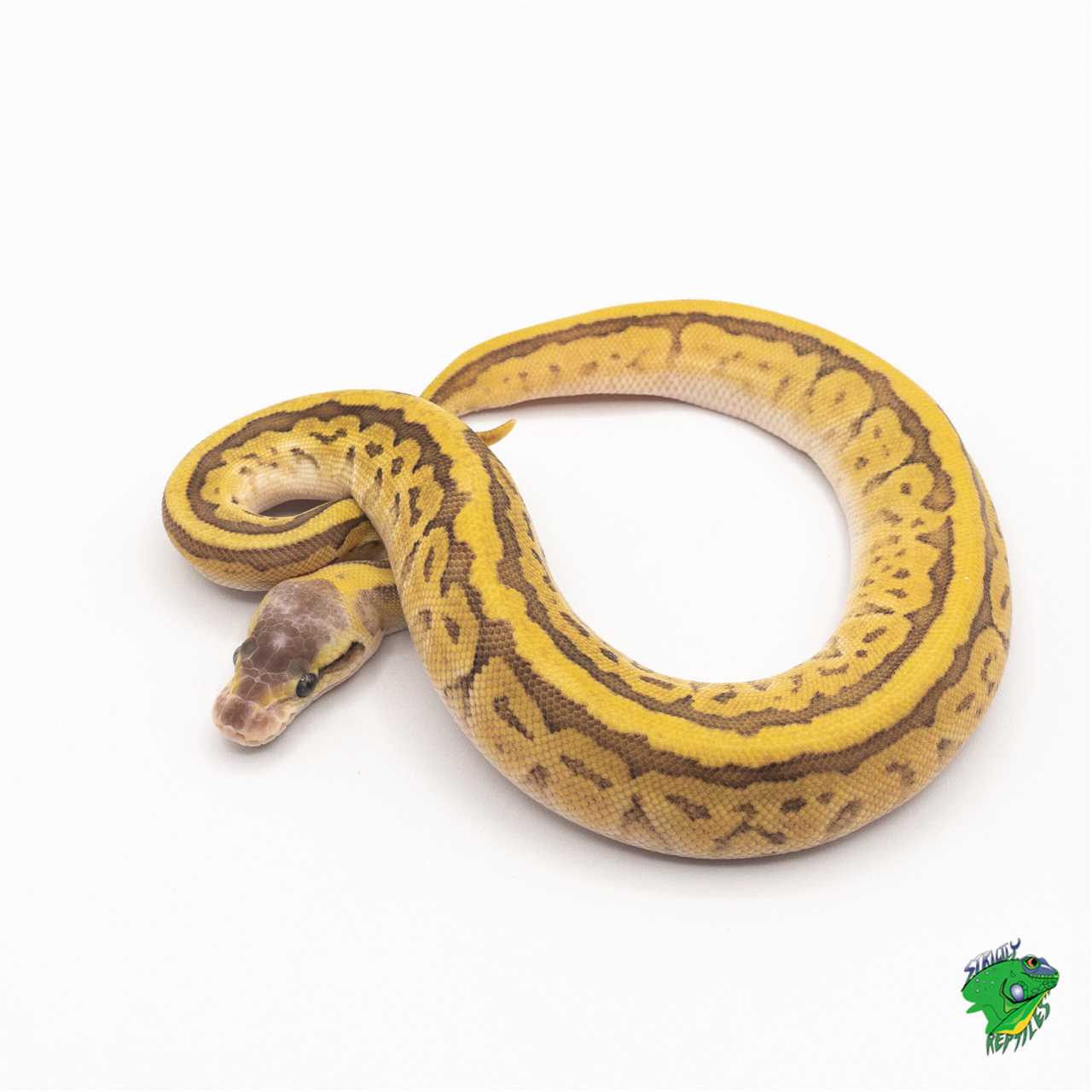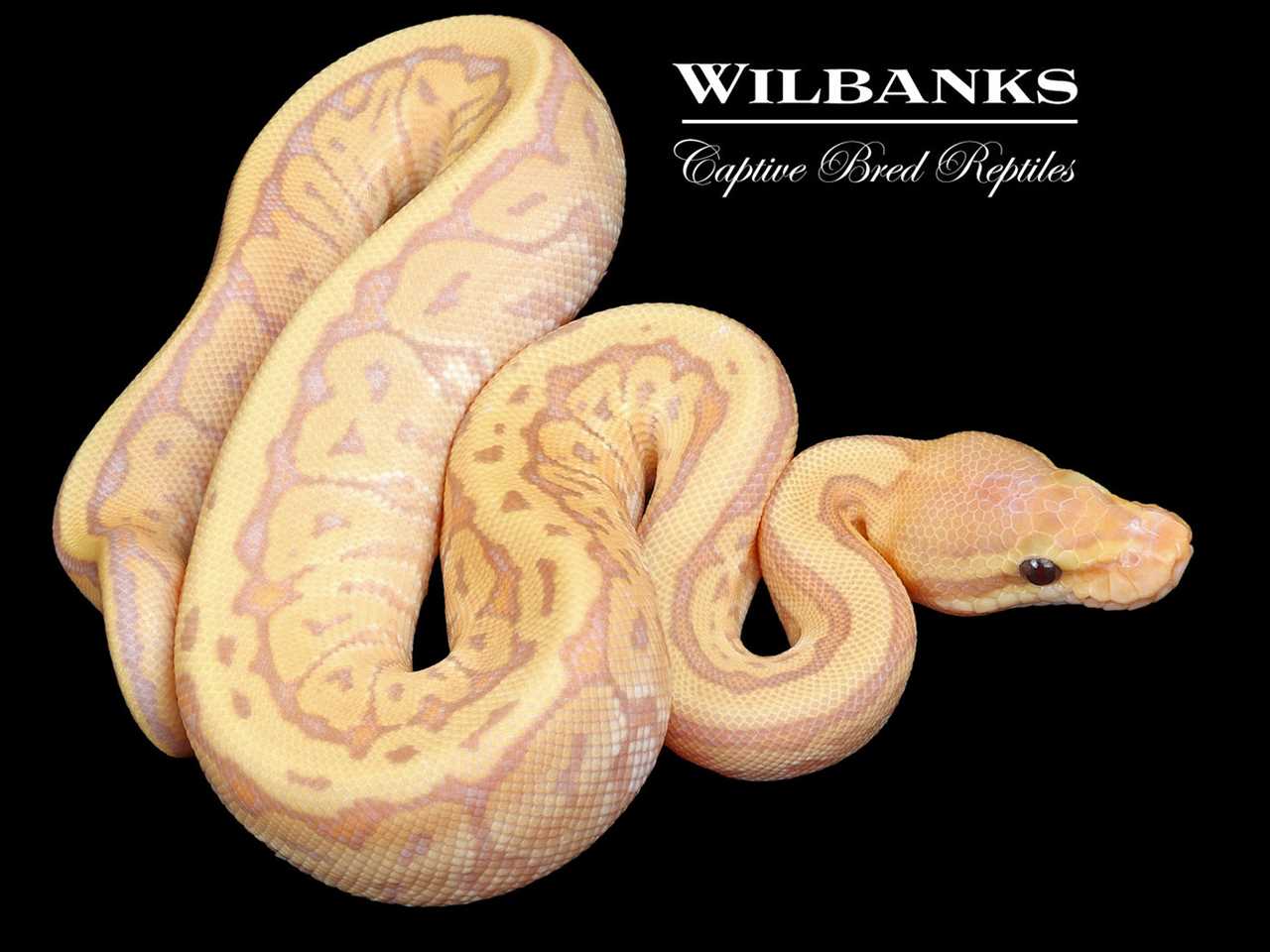
The Jigsaw Ball Python is a fascinating reptile known for its stunning color and intricate scale patterns. Native to Africa, this morph of the ball python species showcases a beautiful jigsaw-like pattern that sets it apart from other snakes. Its unique appearance has made it a highly sought-after pet among reptile enthusiasts and collectors.
This mesmerizing python gets its name from the puzzle-like design that covers its body. The jigsaw pattern consists of irregular markings that blend together to create a remarkable visual effect. These markings can vary in color, with shades of brown, black, and gold being the most common. The pattern may also include speckles or stripes that further enhance its striking appearance.
The Amazing Jigsaw Ball Python

One of the most fascinating aspects of the jigsaw ball python is its pattern. The intricate puzzle pattern consists of irregular shapes and lines that interlock, giving the snake an enchanting appearance. Each individual snake has a unique pattern, making them highly sought after by reptile enthusiasts.
In addition to its captivating pattern, the jigsaw ball python also boasts a beautiful range of colors. While the base color is typically a rich brown or black, it is adorned with lighter hues such as yellow, cream, and white. These colors blend together to create a mesmerizing overall appearance.
As a ball python, the jigsaw morph also exhibits the characteristic ball-like behavior, where it curls up into a tight ball when threatened or stressed. This defensive mechanism, along with its impressive pattern and colors, makes the jigsaw ball python a truly remarkable reptile.
The Unique Patterns and Colors of Jigsaw Ball Python
The Jigsaw Ball Python is a fascinating reptile known for its distinct pattern and vibrant colors. This snake is a morph, which means it has been selectively bred to exhibit unique characteristics and traits.
Jigsaw Pattern

One of the most striking features of the Jigsaw Ball Python is its intricate pattern. The scales on its body form a puzzle-like arrangement, with irregular shapes and lines that interlock and create a mesmerizing effect. This pattern is what gives the snake its name, as it resembles the pieces of a jigsaw puzzle coming together.
The pattern of the Jigsaw Ball Python varies from individual to individual. Some snakes may have larger puzzle pieces, while others may have smaller, more intricate patterns. The colors of the pattern also differ, ranging from deep and rich hues to lighter pastel tones.
Vibrant Colors

Aside from its unique pattern, the Jigsaw Ball Python also exhibits a wide range of vibrant colors. These colors can include various shades of brown, tan, yellow, and white. The combination of these colors with the intricate pattern results in a visually stunning snake that is highly sought after by reptile enthusiasts.
The Jigsaw Ball Python’s colors can also change depending on various factors, such as temperature and lighting. This ability to adapt its colors adds to the snake’s allure and makes it an intriguing and ever-changing pet.
Caring for the Jigsaw Ball Python
Regular handling and socialization are also important for the Jigsaw Ball Python, as it helps to reduce stress and maintain a docile temperament. It is crucial to create a secure and comfortable environment for your snake to thrive and exhibit its unique patterns and colors.
Care and Maintenance
Proper care and maintenance are crucial for the health and well-being of your jigsaw ball python. Here are some important aspects to consider:
| Enclosure | Provide a spacious enclosure that allows your snake to move comfortably. A 20-gallon tank is suitable for a juvenile snake, but you may need a larger enclosure as your snake grows. Ensure that the enclosure has a secure lid to prevent escapes. |
| Temperature and Humidity | Maintain a thermal gradient within the enclosure, with a warm side and a cool side. The warm side should be around 88-92°F (31-33°C), while the cool side should be around 78-80°F (25-27°C). Use a heat source, such as an under-tank heating pad or a ceramic heat emitter, to provide the necessary warmth. The humidity level should be kept around 50-60%. A reptile hygrometer can help monitor humidity levels. |
| Lighting | Provide a day-night cycle for your snake by using a light source that mimics natural sunlight. A low-wattage incandescent bulb or a fluorescent UVB bulb can be used for this purpose. Make sure to provide a hiding spot where your snake can retreat if it wants to be in the dark. |
| Diet | Offer your jigsaw ball python a diet of appropriately sized frozen thawed rodents. The size of the prey should be no larger than 1.5 times the diameter of the snake’s thickest part. Juveniles may be fed every 5-7 days, while adults can be fed every 7-10 days. Always ensure that the prey is properly thawed and at the appropriate temperature before feeding. |
| Cleaning | Regularly clean your snake’s enclosure to maintain hygiene. Remove any feces or urates promptly to prevent bacterial growth. Clean the enclosure with a reptile-safe disinfectant and rinse thoroughly to remove any residue. Provide fresh water for your snake daily and clean the water dish regularly. |
| Handling |
By following these care guidelines, you can ensure that your jigsaw ball python thrives and remains healthy in captivity.
Breeding and Genetics

One of the most fascinating aspects of breeding Jigsaw Ball Pythons is the variety of patterns and colors that can be produced. The Jigsaw gene affects the snake’s scale pattern, resulting in a distinct “jigsaw puzzle” appearance. This pattern can vary greatly in intensity and can be combined with other morphs to create even more unique and beautiful snakes.
It is also important for breeders to carefully track their breeding records and document the lineage of their snakes. This helps ensure the accuracy of the genetic information and allows for informed breeding decisions in the future.
